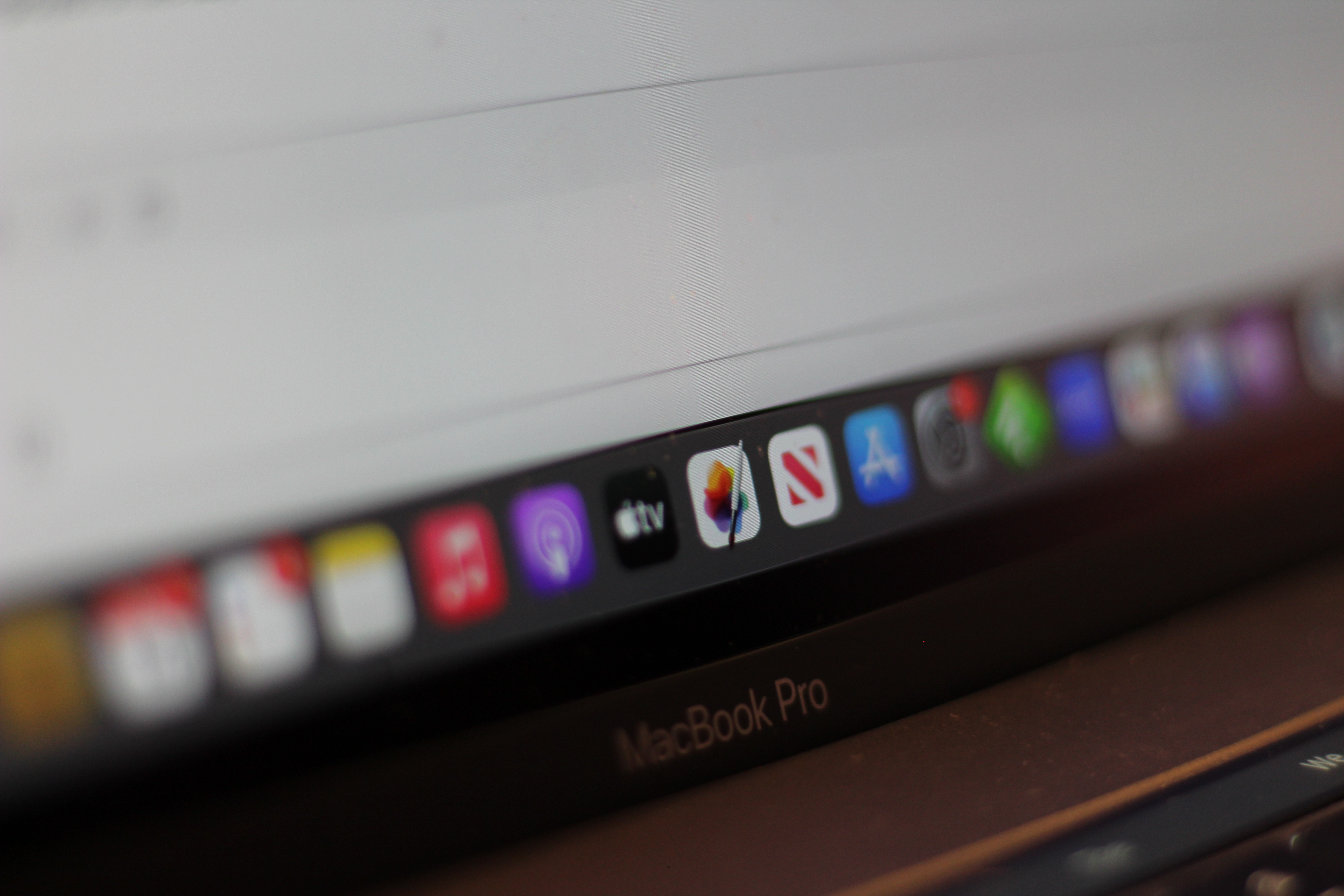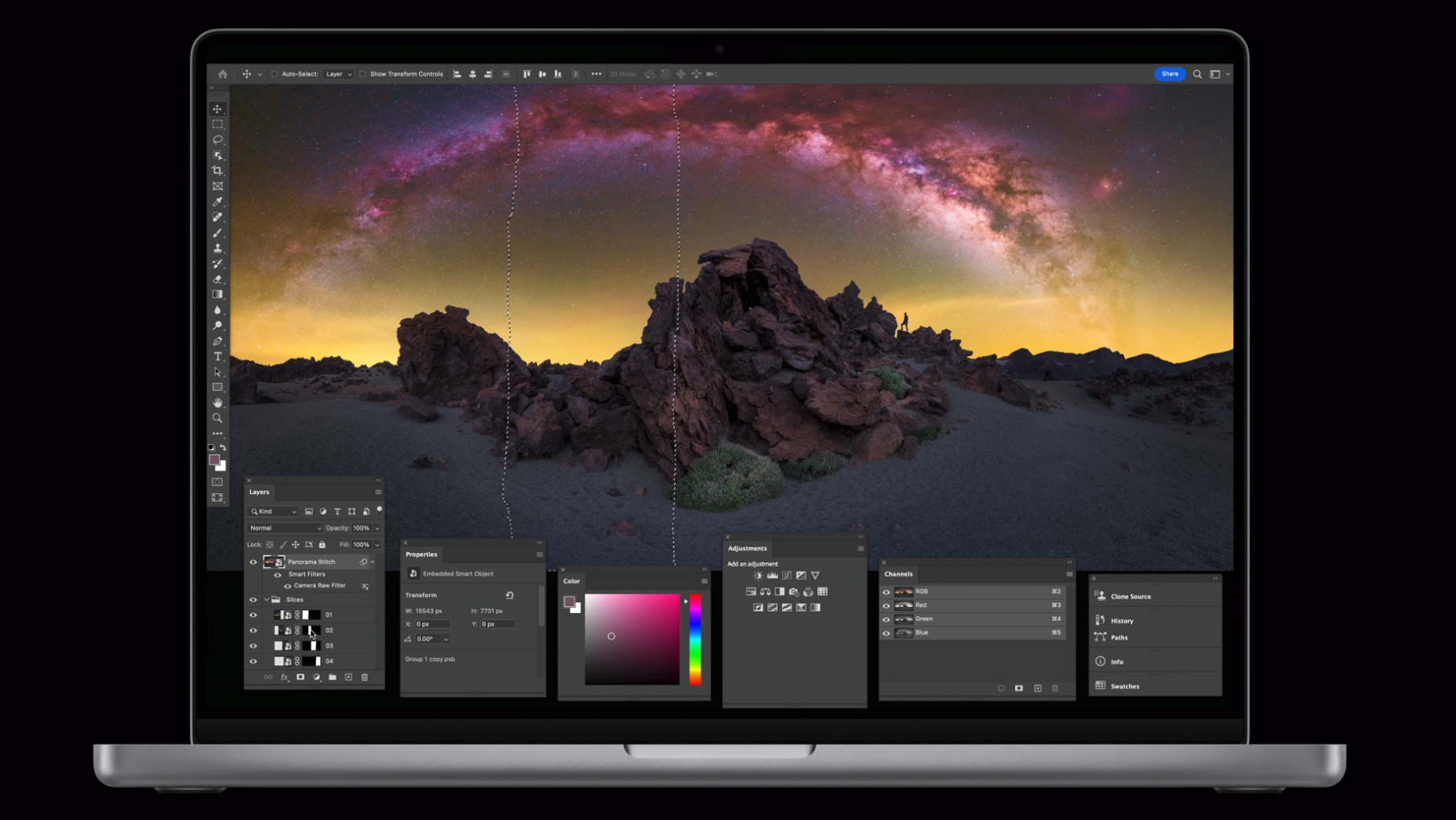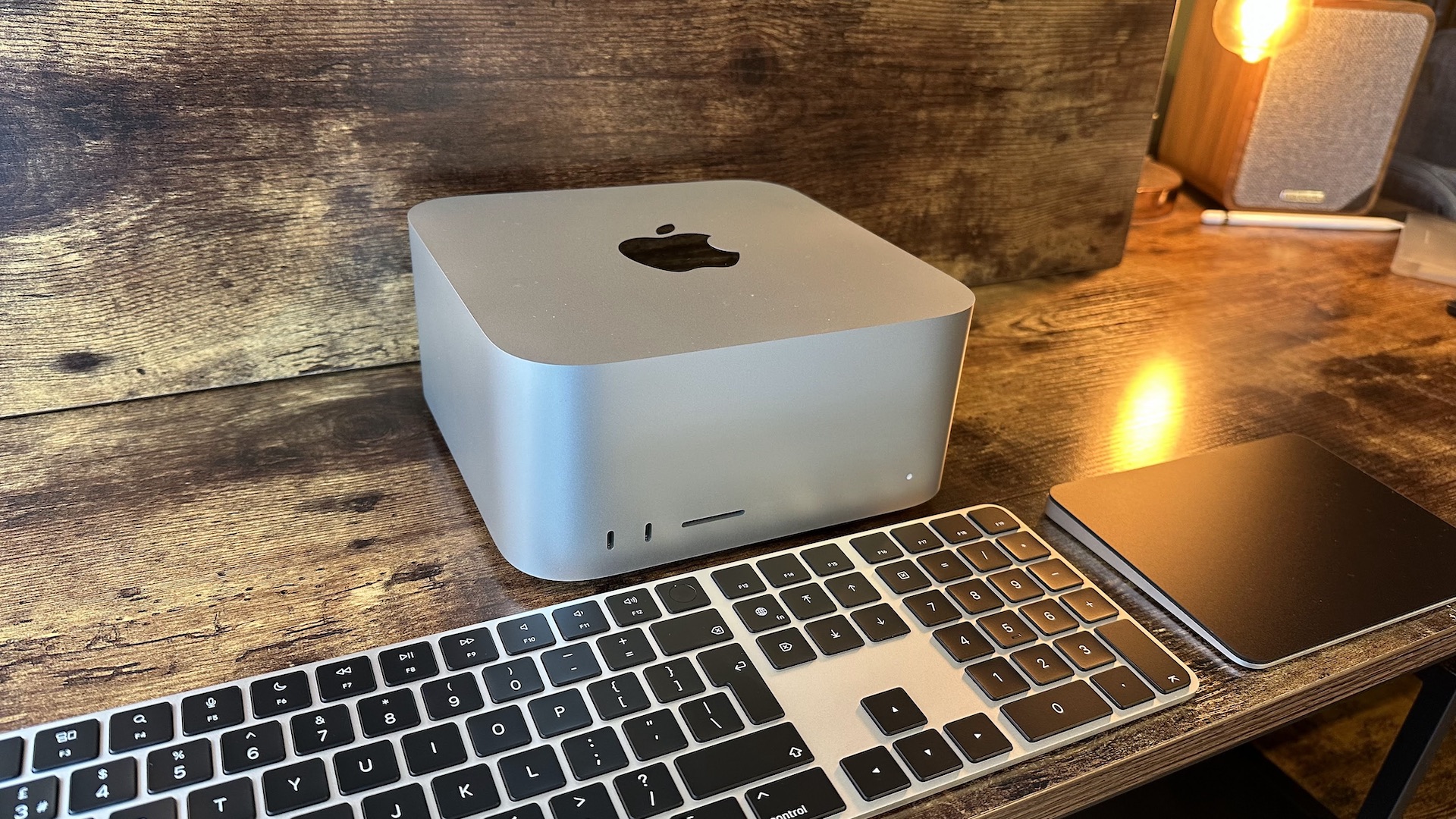Apple M3 chip: Release date, cores, Dynamic Caching, speeds, and more

With much anticipation, Apple unveiled its brand new M3 chip lineup at October's Scary Fast Mac event. This is the next generation of Apple silicon and promises lots of power to go alongside it. Built using the 3nm process, you can expect it to be smaller and more powerful than previous chips and the new GPU tech, Dynamic Gachin, offers a nice jump over the original M1 GPU.
Like the iPhone 15 Pro, it features hardware-accelerated ray tracing and mesh shading and is split into M3, M3 Pro, and M3 Max variants. From the get-go, you can find them in the M3 MacBook Pro 14- and 16-inch and the M3 iMac but we expect more machines to adopt them over time.
Apple M3: The headlines
- What is it? Apple's next line of chips following the M2 processor
- When can we expect it? The first M3 chips will arrive in November 2023
- Which devices will get M3? The first M3 devices are the M3 iMac and the 14- and 16-inch MacBook Pro
Apple M3: Models and core counts

M3
There are three M3 chips, the M3, M3 Pro, and M3 Max. Each one comes with a couple of different configurations.
Starting with M3, there are two variants of the new M3 chip. Both come with an 8-core CPU featuring 4 performance cores and 4 efficiency cores. The base model comes with an 8-core GPU, while there's also a 10-core GPU version that's available in the pricier M3 iMac. If you buy the new 14-inch MacBook Pro, you only get the 10-core GPU option.
Both M3 variants otherwise come with hardware-accelerated ray tracing, a 16-core Neural Engine, 100GB/s memory bandwidth, and Apple's Media Engine. That features Hardware-accelerated H.264, HEVC, ProRes, and ProRes RAW, Video encode engine, ProRes encode and decode engine, and AV1 decode. Each has 8GB of unified memory that can be specced up to 16GB or 24GB. The M3 chip can power up to one external display with up to 6K resolution at 60Hz.
M3 Pro
The M3 Pro chip, available in the 16-inch MacBook Pro is available with a 12-core CPU (6 high-efficiency and 6 high-performance) and 18-core GPU. However, there's also an 11-core CPU with a 14-core GPU available for the 14-inch model as well as a 12-core CPU and 18-core GPU model. All ship with the aforementioned goodies, but come with 150GB/s of memory bandwidth. The full-bore M3 Pro has 37 billion transistors and supports unified memory of up to 36GB. Apple says its GPU is 40 percent faster than the M1 Pro.
M3 Pro in the MacBook Pro also supports up to two external displays with up to 6K resolution at 60Hz over Thunderbolt, or one external display with up to 6K resolution at 60Hz over Thunderbolt and one external display with up to 4K resolution at 144Hz over HDMI. It can also power one external display supported at 8K resolution at 60Hz or one external display at 4K resolution at 240Hz over HDMI.
iMore offers spot-on advice and guidance from our team of experts, with decades of Apple device experience to lean on. Learn more with iMore!
M3 Max
Apple's M3 Max has 92 billion transistors and is available with either a 14 or a 16-core CPU. The latter has an extra two performance cores, and both feature 30 or 40 GPU cores respectively. Memory bandwidth is 300GB/s or 400GB/s respectively, and there's support for up to 128GB of unified memory (96GB on the 14-core model). M3 Max supports up to four external displays: Up to three external displays with 6K resolution at 60Hz over Thunderbolt and one external display with up to 4K resolution at 144Hz over HDMI or three external displays, one with 6K resolution at 60Hz over Thunderbolt and one external display with up to 8K resolution at 60Hz or one external display with 4K resolution at 240Hz over HDMI.
Apple M3: Dynamic Caching and the GPU

Apple's new M3 lineup features an industry-first technology called Dynamic Caching. Apple says this is different to traditional GPUs because it "allocates the use of local memory in hardware in real-time." "With Dynamic Caching, only the exact amount of memory needed is used for each task," Apple says. According to the company, this will "dramatically increase average utilization of the GPU," "significantly increasing performance" of pro apps and games.
The M3 chips also include hardware-accelerated ray tracing and mesh shading. The new GPU architecture combines to deliver "the same performance as M1 using nearly half the power, and up to 65 percent more performance at its peak."
Apple M3: Performance

So what do all these numbers mean in the real world? Here are some performance claims Apple has made about its new M3 chips:
- Rendering speeds are now up to 2.5x faster than on the M1 family of chips
- CPU performance cores and efficiency cores are 30 percent and 50 percent faster than those in M1
- Neural Engine is 60 percent faster than the Neural Engine in the M1 family of chips
- Pro apps 2.5x the speed of the M1 family of chips
- Efficiency cores 50% faster than M1, 30% faster than M2
- Neural engine 60% faster than M1, 15% than M2
- M3 CPU 35% faster than M1 CPU
- M3 GPU 65% faster than M1 GPU
- M3 Pro GPU 40% faster than M1 Pro
- M3 Max CPU 80% faster than M1 Max CPU
Apple M3: Which Macs and iPads will get it?

M3 Apple silicon will be available starting in the M3 iMac and the 14- and 16-inch MacBook Pro. Smart money would indicate it's also coming to the MacBook Air, Mac Studio, Mac mini, and Mac Pro sometime next year.
Apple M3: What comes next?
It's a bit early to look beyond the M3 family of chips just yet, but we can safely assume that M4 will arrive at some point. Apple is said to already be working on those chips, with M4 and M5 being tested internally. We may see M4 in 2024, but time will tell.
For now, all the best Macs are set to have M3 variants inside although it could be some months before we see that M3 Ultra make an appearance. With question marks remaining over whether the Mac Pro will get a new iteration at a time when the Mac Studio is perhaps the better option for most people, questions remain about what Apple's range-topping Macs will look like this time next year.
Will there be an M3 MacBook Air?
Mark Gurman already reported on Bloomberg that the M3 MacBook Air is likely on the way, we just don't have a time frame for it just yet.
What is the M3 release date?
The M3 MacBook Pro and M3 iMac is currently available for purchase, with a release date of November 7th.

Oliver Haslam has written about Apple and the wider technology business for more than a decade with bylines on How-To Geek, PC Mag, iDownloadBlog, and many more. He has also been published in print for Macworld, including cover stories. At iMore, Oliver is involved in daily news coverage and, not being short of opinions, has been known to 'explain' those thoughts in more detail, too.
Having grown up using PCs and spending far too much money on graphics card and flashy RAM, Oliver switched to the Mac with a G5 iMac and hasn't looked back. Since then he's seen the growth of the smartphone world, backed by iPhone, and new product categories come and go. Current expertise includes iOS, macOS, streaming services, and pretty much anything that has a battery or plugs into a wall. Oliver also covers mobile gaming for iMore, with Apple Arcade a particular focus. He's been gaming since the Atari 2600 days and still struggles to comprehend the fact he can play console quality titles on his pocket computer.
